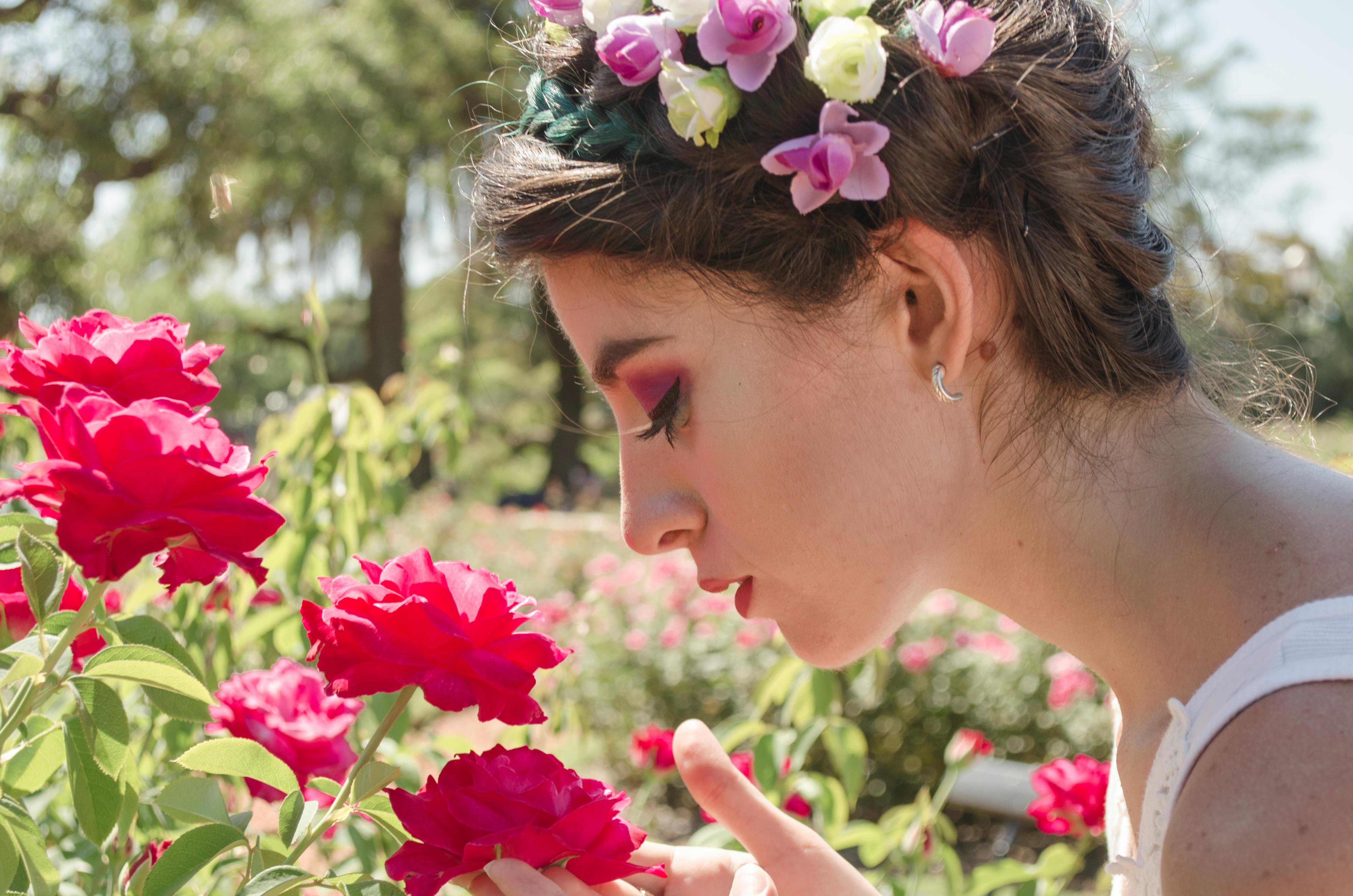Cuba’s unspoiled landscapes, crystal clear waters and crisp, fresh air are so clean that they greatly soften the soul! One can just sit for hours listening to the birds singing…
What makes it even more exciting is the avifauna of the island. There are 371 described species of which there are 26 currently recognized endemic species. Unfortunately, many of them are endangered and one, the Cuban Macaw and the Ivory-billed Woodpecker, has even gone extinct.
There are still other wonderful birds, like the bee hummingbird, which is the smallest and most colorful bird you have ever seen. At the size of a dime, it’s even amazing that it can fly! There are some other colorful ones like the Cuba Tody, this is our favourite, it’s so cute and exquisite, the Cuban Trogon, which bears the colors of the Cuban flag, and the Cuban Parrot, an incredibly green and red bird.
Other birds are better known for their enchanting songs, such as the Cuban Solitaire, Zapata’s Wren, Cuban Perlita, and Cuban Grasshopper. Listening to them just brightens your day.
And if the endemics alone were not exquisite enough to admire, there are many other birds that make Cuba your favorite island to visit. Some of the non-endemics are winter residents who come from North America, between August and October to spend the winter months in a warmer climate (which I can totally understand!). These are various birds such as ducks, gulls, warblers, sparrows and sandpipers.
Then there are the spring migrants who come from South America, arriving between the end of February and May for the nesting season. The spring migration brings with it the Gray King Bird, the Ringlean Nighthawk, the Black-whiskered Vireo, the Cuban Martin and the Wilson’s Plover. Summer residents leave in September/October of each year.
The main migratory corridors are Guanahacabibes in Pinar del Río, Cárdenas in Matanzas, Santa Fe in Havana, Camagüey in Ciego de Ávila and Gibara in Holguín, where these beauties abound.
The main nesting period is between March and July. We won’t break down the habits of each bird here, we just want to give you a little idea of things that can help you spot them. Things like the habit of what I would call ‘nest sharing’. Not all birds will build their own nests. Some will use those created by other species. Like the woodpecker cavity, it is later used by the Cuban pygmy owl, bare-footed owl, Cuban parrot, rose-throated parrot, and Cuban trogon. Speaking of getting your money’s worth! Other birds can live in the city, while others build nests with plant and animal fibers. Knowing their nesting helps to detect them.
There are several places you can go. In the west of Cuba there are Viñales, Las Terrazas, San Diego de los Baños, La Guira, Soroa where you can see the Cuban Solitaire, and the Cuban Grassquit, efficiently.
While the Zapata Peninsula, which is an exotic area of almost 5000 square kilometers of virgin wetlands, has several amazing bird watching sites, such as Playa Larga, Bremejas, Palpite, La Turba, Las Salinas and Hatiguanico.
We particularly like western Cuba and the Zapata Peninsula as they have a high concentration of endemic and migratory birds to watch. That is why we chose them to exhibit in our Birds of Cuba Tour.
In the Keys, being the areas of Cayo Coco, Cayo Paredón Grande and Cayo Guillermo, you will find the Cuban sparrow, the Cuban perlita, the grosbeak vireo and the Bahama mockingbird.
If you continue to venture east to the Sierra de Najasa, the Sierra de Cubitas or the Río Máximo in Camagüey, you will be able to admire the Cuban Parrot, the Giant Tyrant, the Palm Crow, the Plain Dove and the largest flamingo nest, which is spectacular. .
And if you head to the easternmost part of the island, you should visit the Alejandro de Humboldt National Park to try and find the Cuban Kite. While you’re here, you can also take your time and really discover the natural wonders of the area.
Let’s face it, there are always amazing birds around. Weather wise, January to April is absolutely beautiful. If you also want to see most of the migratory birds, October and November are fantastic months, keep in mind that these months are still quite wet.
Just as different seasons will have different birds, different times of day will also have different birds. Therefore, it is worth going with a guide who knows the places and the best times to visit to catch more bird sights.
Because you will be venturing into pristine landscapes, which have lots of water, thus mosquitoes, it is best to wear light, long-sleeved shirts and long pants to avoid mosquito bites. Also be sure to wear a hat and waterproof boots, especially in the wetter months. Green, gray and tan colors are the best to help you blend in with your surroundings.
We also recommend bringing a guide, our visit is Endemic Birds of Cuba by Nils Navarro. Definitely bring your binoculars, notebook, waterproof pen, mosquito repellant, and sunscreen. And while it’s not essential equipment, it’s nice to have a camera on hand to capture a moment with these wonderful creatures.
Definitely no birdsong. We do not want to create any stress for the birds, so we ask that you refrain from using these.
We keep our birding groups small, and there’s a reason for that. We want to make sure we protect the welfare of birds and their habitats.
We will ask you not to get too close to the birds’ territory, definitely be very careful with the nests. To ensure this happens and not disturb the birds, we ask that you walk slowly and carefully. Keep your voice down; it is best to observe in silence. Flashes and shiny objects should not be used on a bird watching tour as this may disturb the birds. Bird welfare is our top priority.
If we see anything unusual, we will report it to the relevant authorities. Things like not littering, trampling on vegetation, or breaking branches are obvious. Following the rules means we can keep birds safe and enjoyed by others in the future.


